#kongo
Text
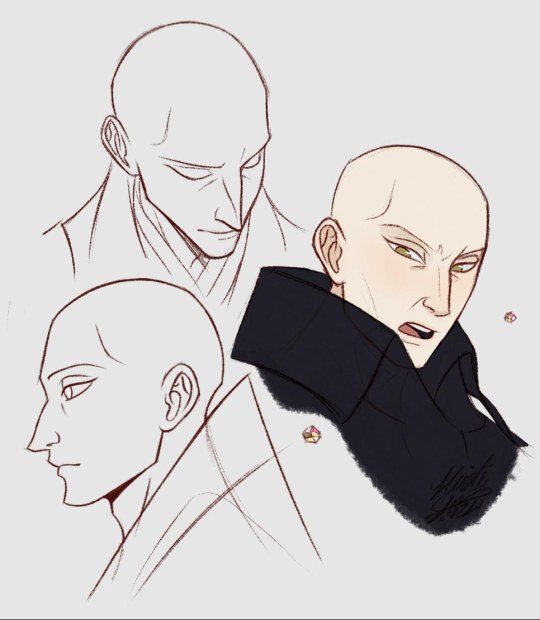
Kongo Sensei Studies 🧡💎
#houseki no kuni#houseki no kuni fanart#land of the lustrous#hnk#hnk fanart#lotl#lotl fanart#kongo#kongo sensei#adamant#adamant sensei#master adamant#master kongo
156 notes
·
View notes
Text

Bakongo spiritual protections influenced African American yard decorations. In Central Africa, Bantu-Kongo people decorated their yards and entrances to doorways with baskets and broken shiny items to protect from evil spirits and thieves.
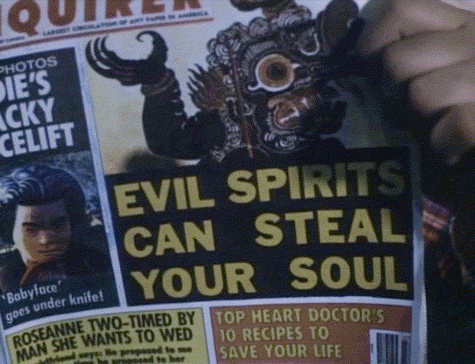
This practice is the origin of the bottle tree in Hoodoo. Throughout the American South in African American neighborhoods, there are some houses that have bottle trees and baskets placed at entrances to doorways for spiritual protection against conjure and evil spirits.
In addition, nkisi culture influenced jar container magic. An African American man in North Carolina buried a jar under the steps with water and string in it for protection. If someone conjured him the string would turn into a snake. The man interviewed called it inkabera

#inkabera#nkisi#hoodoo#african american#african traditional religions#kongo#bantu#central africa#north carolina#bottles#african#afrakan#kemetic dreams#africans#brownskin#afrakans#african culture#afrakan spirituality#glass#dishware#wood#glassware#hearts
132 notes
·
View notes
Text




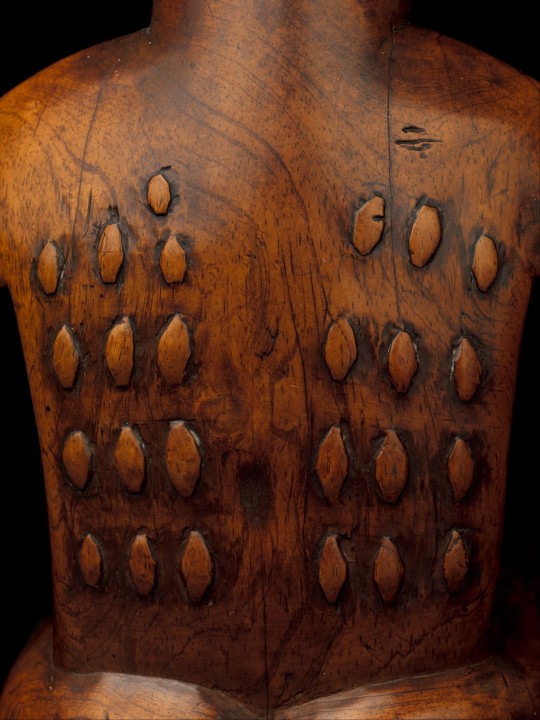
▪︎ Seated Male Figure.
Date: mid to late 19th century
Place oforigin: Angola or Democratic Republic of the Congo
Culture: Kongo peoples, Kakongo group
Medium: Wood, glass, metal, kaolin.
#19th century#19th century art#art#decorative arts#history of art#history#art history#ethnic art#traditional art#sculpture#seated male figure#angola#democratic republic of the congo#congo#kongo#kakongo
43 notes
·
View notes
Text

favorite thing about this manga is that aliens didn't even need to interfere. humanity did this to itself, and then had its robots carry out the final extermination and 'pray away' game when they realized their souls couldn't move on just yet!
20 notes
·
View notes
Text

lasagna gem
#my art#art tag#art#artists on tumblr#finger drawing#mobile art#phone art#digital art#houseki no kuni#land of the lustrous#phos#houseki no shitpost#phosphophyllite#kongo#meme
127 notes
·
View notes
Text


No matter which fandom I go to, he continues to follow me...
18 notes
·
View notes
Photo






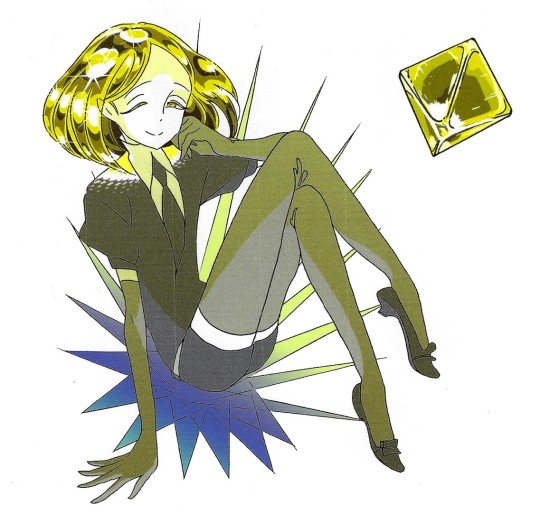

Land of the Lustrous (Houseki no Kuni) - Gems (art from the volume 4 special edition playing cards)
Kongo-sensei (Adamant)
Jade
Diamond
Zircon
Cinnabar
Phosphophyllite
Yellow Diamond
Euclase
#land of the lustrous#houseki no kuni#manga#haruko ichikawa#kongo sensei#kongo#adamant#jade#diamond#zircon#cinnabar#phosphophyllite#yellow diamond#euclase
376 notes
·
View notes
Text
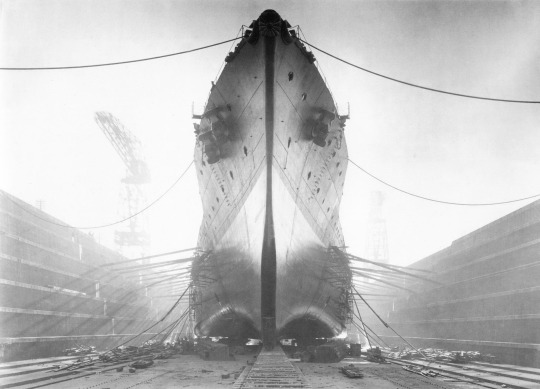
Le cuirassé Kongo de la Marine Impériale japonaise en cale sèche lors de la 1ère refonte du navire – Yokosuka – Japon – 1930
Le croiseur de bataille Kongo est entièrement refondu de septembre 1929 à mars 1931. A la sortie du chantier naval le 31 mars 1931 le navire est reclassé en cuirassé.

#WWII#avant-guerre#pre-war#marine impériale japonaise#imperial japanese navy#ijn#cuirassé#battleship#classe kongo#kongo-class#kongo#croiseur de bataille#battlecruiser#yokosuka#japon#japan#1930
11 notes
·
View notes
Text
I love the little design details in the Kongou class.
Kongou and Kirishima both have chrystal accessoires


Everyone's name starts either with "H" or "K" (so far so good), which in turn gives us the following results concerning hair colour:
K = Blonde
K = Brown
H = Brown
H = Blonde
Of every hair colour we also have a "short" and "long" version.
Blonde would be Haruna (long) and Kongou (short (her hair isn't actually short, but it's always showed pinned up which counts as far as I am concerned)).
Brown would be Hiei (long) and Kirishima (short).
Every sister carries another as her eyes.
Kongou's eyes are red, Hiei's biolights are red/pink.


Hiei's eyes are yellow/gold, Haruna's lights are yellow.


Haruna's eyes are green, Kirishima's lights are green.

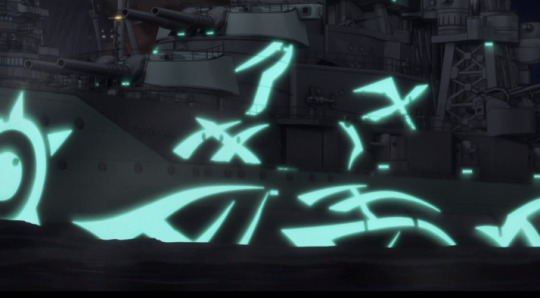
Kirishima's eyes are purple, Kongou's lights are purple.

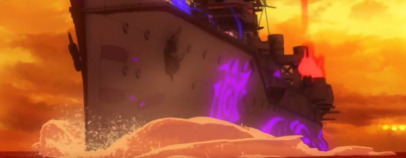
ALL FOUR went batshit crazy and with that I mean
1. Kongou's berserk run
2. Kirishima's mental breakdown when she was hunting Iona in Yokosuka
3. Manga Haruna who ALSO went on a berserk run and had to be calmed down by the Admiralty Code itself
4. Hiei in DC after having one (1) conversation with Iona
Our two blondes also wear mostly dark clothing, while the brunettes wear more colourful/lighter stuff.
Everyone except Haruna also wears lipstick, but I don't really see a pattern here, tbh.
Also, I dare to assume that Kongou's mental model is albinistic, which makes the whole black ship thing insanely funnier since someone essentially was like: "Oh! Let's give the melanistic ship, who is the literal reason her fleet is called Black Fleet, an albinistic mental model!" and then went with it.
#aoki hagane no arpeggio#arpeggio of blue steel#蒼き鋼のアルペジオ#kongou#kongo#kongō#コンゴウ#haruna#kirishima#hiei#ハルナ#ヒエイ#キリシマ
13 notes
·
View notes
Text

One of the earlier armor designs attacks the chosen version.
14 notes
·
View notes
Text
The Kingdom of Loango was rich and successful, but had its darker side too. From the encounters with European explorers to the complex dynamics of trade and slavery, the triumphs and tribulations of this remarkable pre-colonial state impacted and shaped what would become Western Congo.
24 notes
·
View notes
Text
Chéri Samba – born in Congo in 1956 one of the greatest African painter of his generation. One of the founders of Kinshasa’s “Popular Painting”.
Incredible details from the exhibition hosted by the Musée Maillol in Paris.



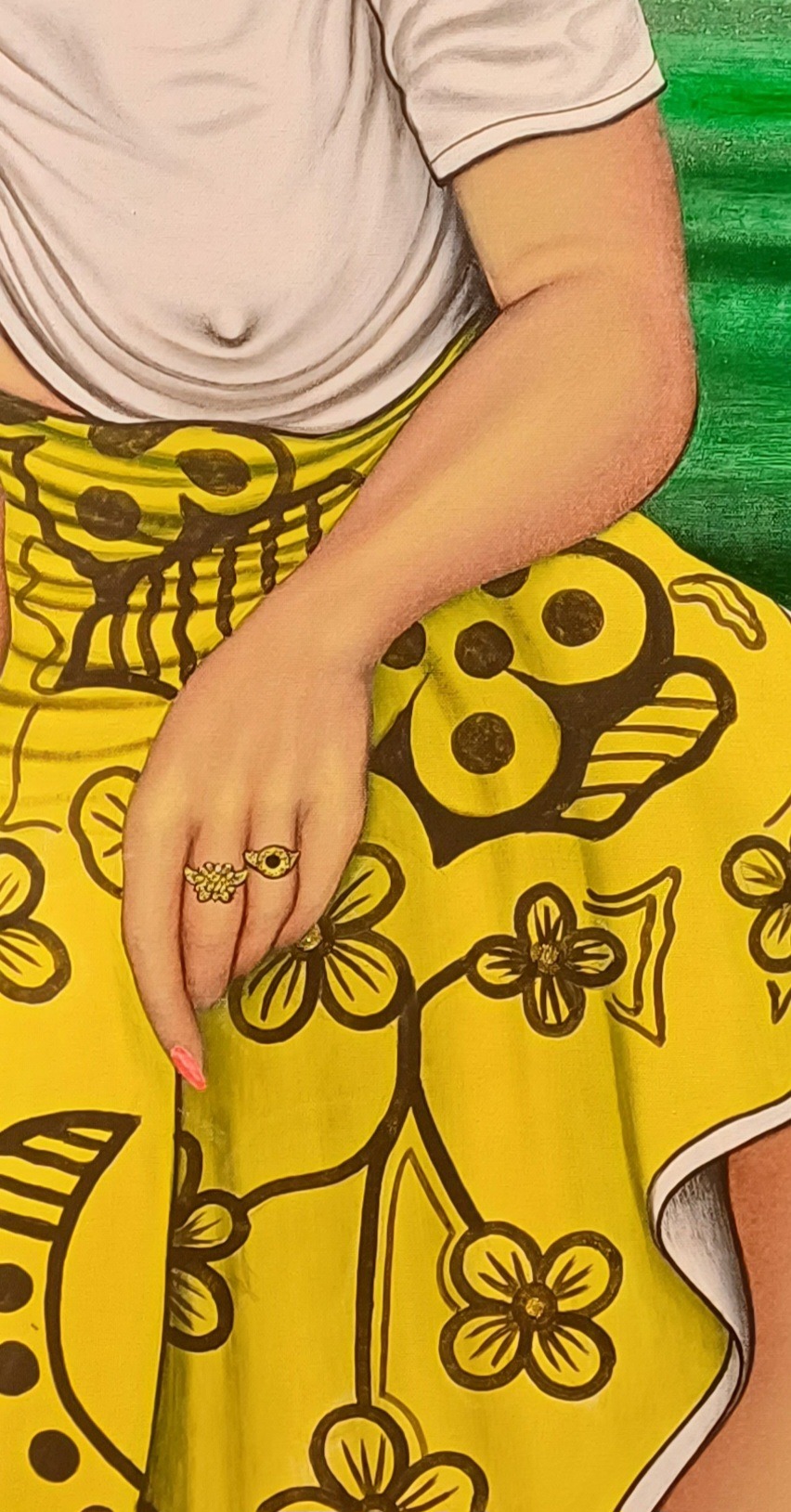
6 notes
·
View notes
Text


During the era of slavery, occultist Paschal Beverly Randolph began studying the occult and traveled and learned spiritual practices in Africa and Europe. Randolph was a mixed race free African man who wrote several books on the occult. In addition, Randolph was an abolitionist and spoke out against the practice of slavery in the South.
After the American Civil War, Randolph educated freedmen in schools for former slaves called Freedmen's Bureau Schools in New Orleans, Louisiana, where he studied Louisiana Voodoo and hoodoo in African American communities, documenting his findings in his book, Seership, The Magnetic Mirror. In 1874, Randolph organized a spiritual organization called Brotherhood of Eulis in Tennessee.
Through his travels, Randolph documented the continued African traditions in Hoodoo practiced by African Americans in the South. Randolph documented two African American men of Kongo origin that used Kongo conjure practices against each other. The two conjure men came from a slave ship that docked in Mobile Bay in 1860 or 1861.

#kongo#african american#mobile bay#randolph#paschal beverly randolph#sex magick#seership#magnetic mirror#tennessee#american civil war#louisiana voodoo#hoodoo#rootwork#conjure#ancestor veneration#witchblr#pagans of tumblr#afrakans#brownskin#africans#kemetic dreams#afrakan#african#brown skin#african culture#afrakan spirituality#africa#europe
53 notes
·
View notes
Text

Japanese Battleship Kongō (金剛, Mount Kongō) is bracketed by 1,000 lb. bombs during an air strike on the Japanese task force off Panay Island, Philippines.
Photographed on October 26, 1944.
NARA: 193802518
#Japanese Battleship Kongō#Kongō#Japanese Battleship Kongo#Kongo#Kongo Class#Japanese Battleship#Battleship#warship#ship#boat#October#1944#Imperial Japanese Navy#IJN#World War II#World War 2#WWII#WW2#History#WWII History#my post#Kongō Class
53 notes
·
View notes
Photo

Makuta performance in an old Kongo cabildo.
Source: Robin D. Moore - Fernando Ortiz on Music: Selected Writing on Afro-Cuban Culture (2018: 101)
18 notes
·
View notes
Text
WEST AFRICAN RESOURCES
The Anthropological Masterlist is HERE.
West African is an African region that spans the western part of the continent.
AGNIS ─ “The Agnis, or Anyi, people are an African people. They are native to the Ivory Coast.”
─ Anyi Information
AKAN ─ “The Akan people are an African people. They are native to Ghana and the Ivory Coast.”
─ Pre-Colonial History of Ghana
─ Modern-Day Akan
─ Akan Dictionary
ANNANG ─ “The Annang, or Anaang, people are an African people. They are native to southern Nigeria.”
─ Annang Dictionary
ASHANTI ─ “The Ashanti, or Asante, people are an African people. They are native to the Ashanti region in Ghana.”
─ Ashanti Information
─ Ashanti Culture
─ Ashanti History
BAMBARA ─ “The Bambara people are an African people. They are native to West Africa.”
─ Bambara Art
─ Bambara Language (in French)
BASSARI ─ “The Bassari people are an African people. They are native to the Kédougou region of Senegal.”
─ Bassari Language (in French)
EWE ─ “The Ewe people are an African people. They are native to the coastal areas of West Africa.”
─ Ewe Information
─ The Anlo-Ewe People
─ The Adze in Ewe Mythology
FON ─ “The Fon, or Dahomey, people are an African people. They are native to south Benin and southwest Togo and Nigeria.”
─ The Dahomey Amazons
IBIBIO ─ “The Ibibio people are an African people. They are native to the coasts of southern Nigeria.”
─ Ibibio Language Resources
─ Ibibio Masks
IGBO ─ "The Igbo, or Ibo, people are an African people. They are native to Nigeria.”
─ Igbo Culture
─ Igbo Dictionary
ISOKO ─ “The Isoko people are an African people. They are native to the Isoko region in Nigeria.”
─ Isoko Information
─ Isoko Culture and History
─ Isoko Dictionary
KONGO ─ “The Kongo people are an African people. They are native to the Atlantic coast of central Africa.”
─ Kongo Language Resources
─ Kongo Dictionary
KONO ─ “The Kono people are an African people. They are native to the Kono District in eastern Sierra Leone.”
─ Kono Culture and Rituals
NIGERIAN ─ “The Nigerian people are an African people that share the Nigerian culture. They are native to Nigeria.”
─ Nigerian Information
─ Colonial Nigeria
SERER ─ “The Serer, or Seereer, people are an African people. They are native to Senegal.”
─ Serer Information
─ Serer Language
TALLENSI ─ “The Tallensi, or Talensi, people are an African people. They are native to northern Ghana.”
─ Tallensi Culture
─ Tallensi Development and Culture
URHOBO ─ “The Urhobo people are an African people. They are native to the Niger Delta in Nigeria.”
─ Ughelli Kingdom Information
─ Urhobo Dictionary
VODUN ─ “Vodun, or Vodon, is a West African religion. It originates in West Africa.”
─ Christians and Vodun
YORUBA ─ “Yoruba, or Isese, is a West African religion. It originates in southwestern Nigeria.”
─ The Yoruba People
─ Yoruba Culture (in Spanish)
─ Yoruba Mythology
#resources#agnis#akan#annang#ashanti#bambara#bassari#ewe#fon#ibibio#igbo#isoko#kongo#kono#nigerian#serer#tallensi#vodun#yoruba#west african
119 notes
·
View notes